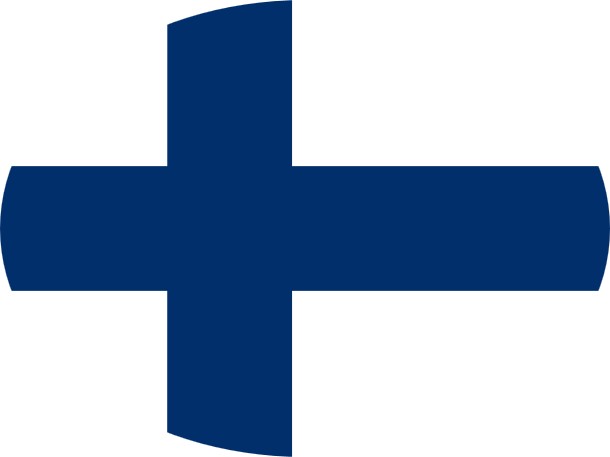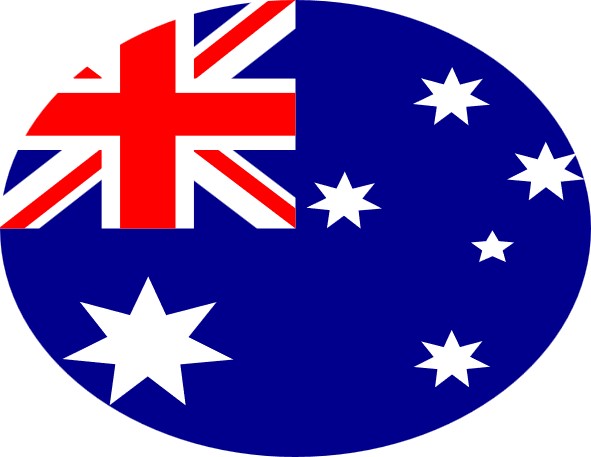Mini Blog Posts
I have been researching sexuality and gender diversity in Finnish education for over 30 years and have found that the situation has improved over time, although school practices still typically contain heteronormative premises (Lehtonen 2023). Based on my recent research, I would like to highlight two points that I want teachers and those training to become teachers to be aware of.
Diverse children and pre-teens
The old-fashioned view of the diversity of sexuality and gender emphasized their location especially in adulthood. The thinking assumed that children should be protected from information related to diversity. In fact, sexual orientation and gender diversity are meaningful themes for the lives of young children and pre-teens and important things to consider in early childhood and primary education. Children and pre-teens are diverse in terms of gender and sexuality, and no one should be automatically assumed to be heterosexual or cisnormative. Intersexuality, or non-normative sex characteristics, is present from birth, although this is not yet recognized always at birth or even later in childhood or adolescence (Keating & Lehtonen 2022). Many children experience their assumed gender as alien to them even before school age or want to challenge gender expectations. Even primary school-aged children may discover that they are attracted to people of the same gender or start dating a partner of the same gender (Lehtonen et al. 2023). Their family may be a so-called rainbow family, where one or more parents are non-heterosexual or trans. It is good for all children to know that there are many different kinds of families and many different ways of experiencing and expressing gender, and that gender norms are not without problems. Furthermore, all young people should be able to experience safety without fear of sexist, homophobic or transphobic violence, harassment or name-calling. Even young children need safety education that takes into account gender and sexuality diversity, and also recognizes the risks and opportunities associated with social media (Puutio et al. 2023).
Decreasing amount of cisgender heterosexual youth
An analysis based on a large School Health Promotion survey shows that more and more 14-18-year-olds say they are something other than heterosexual and cisgender (Kiviruusu et al. 2024; Lehtonen et al. 2024). About 15% of them responded in the survey that they are non-heterosexual and 5.5% are trans. Over the past five years, the number of non-heterosexual and trans youth has increased, but the increase in the number has been related in particular to the fact that more and more young people who were defined as girls as babies have experienced themselves as non-heterosexual or trans. In particular, the number of bi- and pansexual girls and transmasculine youth has increased. Many of the latter feel that they are non-binary. Fewer children who are defined as boys experience non-normative self-definitions, which may be related to stricter gender expectations and norms directed at boys. Those defined as girls may have more space to explore the options from a diversity perspective. The increase in the number of non-normative young people is also reflected in the fact that more and more young people and their teachers are aware of non-heterosexual and trans youth in their immediate environment. This may enable an increase in trans- and homophobic bullying on the one hand, but also that it is easier for non-heterosexual and trans youth to find peer and other support and perhaps also dating partners in their schools and among their own age group. In the past, young people sought and found support and relationships mainly from adults. Education, including sexuality education, should take into account the needs of young people in same-gender relationships and trans youth. In terms of the prevention of sexually transmitted diseases and intimate partner violence, this requires a more diverse approach than is currently the case. Trans and non-heterosexual youth have more often mental health issues compared to other youth, partly related to surrounding heteronormativity, and they need diversity-sensitive support and services (Sares-Jäske et al. 2023; 2024). But many of them live happily, and they should not be seen only as victims of violence or mental health problems but as active agents from whom others can learn.
Jukka Lehtonen is PhD, Professor Adjunct (Title of docent) in Sociology of Education at the University of Helsinki, Finland. He worked as Senior Researcher in Gender Studies at the University of Helsinki and as Research Manager in the Finnish Institute for Health and Welfare. His research interests are sexuality and gender diversity, heteronormativity and intersecting differences within education, work environment and population health. One of his key focuses in research is the experiences of LGBTIQ+ youth.
Literature
Keating, A. & Lehtonen, J. (2022) Intersex traits and variations of sex characteristics in education: a Finnish context. Intersex: New Innovative Approaches (INIA), Dublin: Dublin City University. https://doras.dcu.ie/26683/
Kiviruusu, O., Ranta, K., Lindgren, M., Haravuori, H., Silen, Y., Therman, S., Lehtonen, J., Sares-Jäske, L., Aalto-Setälä, T., Marttunen, M. & Suvisaari, J. (2024) Mental health after the COVID-19 pandemic among Finnish youth: A repeated, cross-sectional, population-based study. Lancet Psychiatry, 11: 451-460. https://pubmed.ncbi.nlm.nih.gov/38760112/
Lehtonen, J. (2023) Rainbow Paradise? Sexualities and Gender Diversity in Finnish Schools. In Thrupp, M., Seppänen, P., Kauko, J. & Kosunen, S. (eds.) Finland’s Famous Education System – Unvarnished Insights into Finnish Schooling. Springer, 273-288. https://trepo.tuni.fi/bitstream/handle/10024/147005/978_981_19_8241_5.pdf?sequence=1
https://library.oapen.org/handle/20.500.12657/61899
Lehtonen, J., Puutio, E., Pihkala, S. & Huuki, T. (2023) Navigating with pre-teenage children for sexuality education, Sex Education, https://doi.org/10.1080/14681811.2023.2237428 https://www.tandfonline.com/doi/full/10.1080/14681811.2023.2237428?needAccess=true
Lehtonen J., Majlander S., Sares-Jäske L., Jehkoi A. & Luopa P. (2024) Sukupuoli- ja seksuaalivähemmistöihin kuuluvien 8.- ja 9.-luokkalaisten hyvinvointi – Kouluterveyskysely 2019–2023. Tutkimuksesta tiiviisti 13/2024. Helsinki: Terveyden ja hyvinvoinnin laitos. https://www.julkari.fi/bitstream/handle/10024/148638/URN_ISBN_978-952-408-279-2.pdf?sequence=1&isAllowed=y
Puutio, E., Pihkala, S., Lehtonen, J. & Huuki, T. (2023) School, Online Communities and Creative Workshops as Spaces for Non-normative Pre-teen Gendered and Sexual Cultures, Young, 31(5), 413-429. https://doi.org/10.1177/11033088231162893 https://journals.sagepub.com/doi/full/10.1177/11033088231162893
Sares-Jäske, L., Czimbalmos, M., Maljander, S., Siukola, R., Klementti, R., Luopa, P. & Lehtonen, J. (2023) Gendered Differences in Experiences of Bullying and Mental Health Among Transgender and Cisgender Youth. Journal of Youth and Adolescence, 52: 1531-1548. https://doi.org/10.1007/s10964-023-01786-7 https://link.springer.com/content/pdf/10.1007/s10964-023-01786-7.pdf
Sares-Jäske L., Jehkoi A., Rantanen, E. & Lehtonen, J. (2024) Transnuorten tyytyväisyys elämään – voimavaratekijät liittyvät hyviin ihmissuhteisiin ja arvostavaan vuorovaikutukseen. Tutkimuksesta tiiviisti 5/2024. Helsinki: Terveyden ja hyvinvoinnin laitos. https://www.julkari.fi/bitstream/handle/10024/148637/URN_ISBN_978-952-408-264-8.pdf?sequence=1&isAllowed=y




